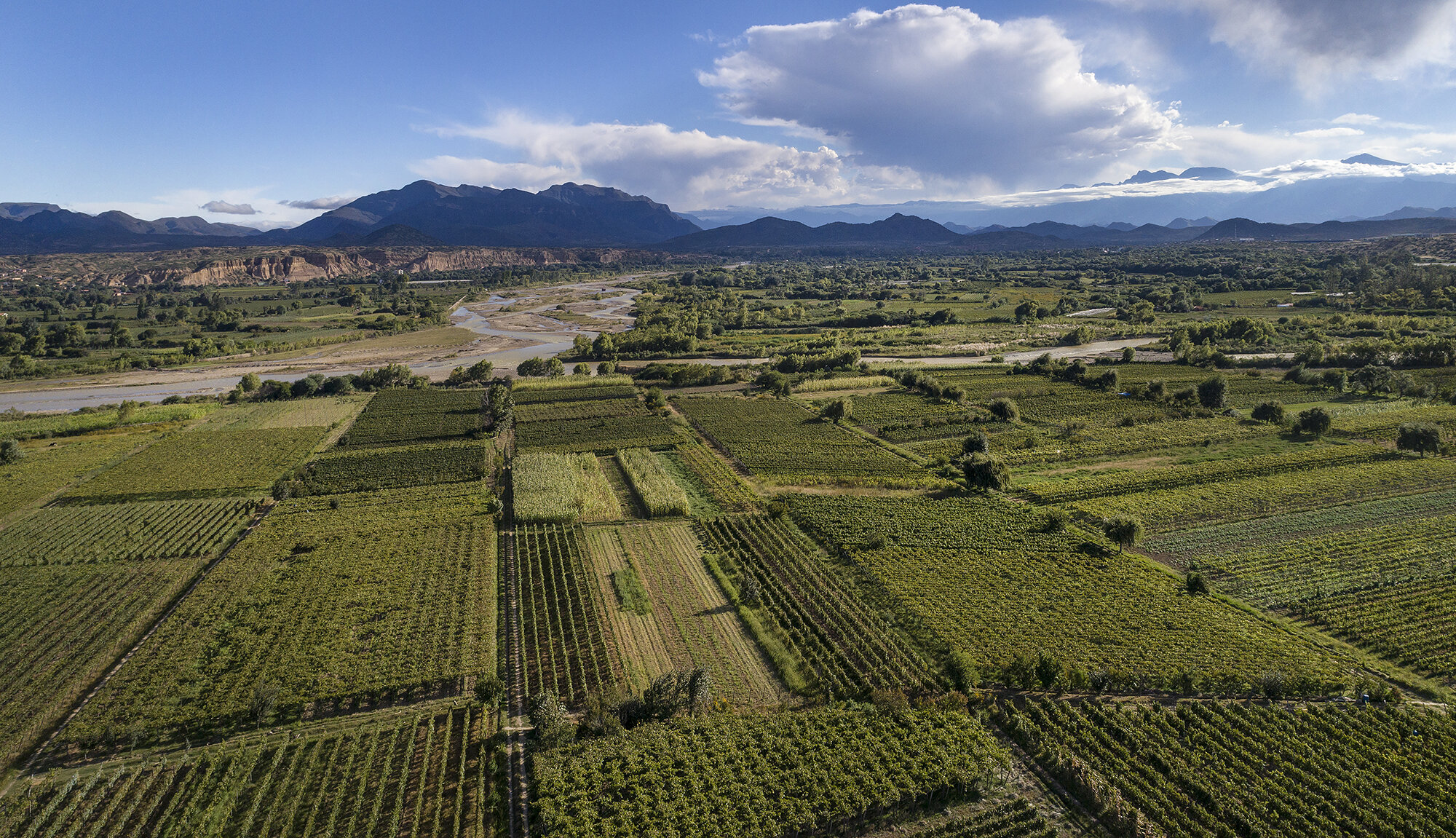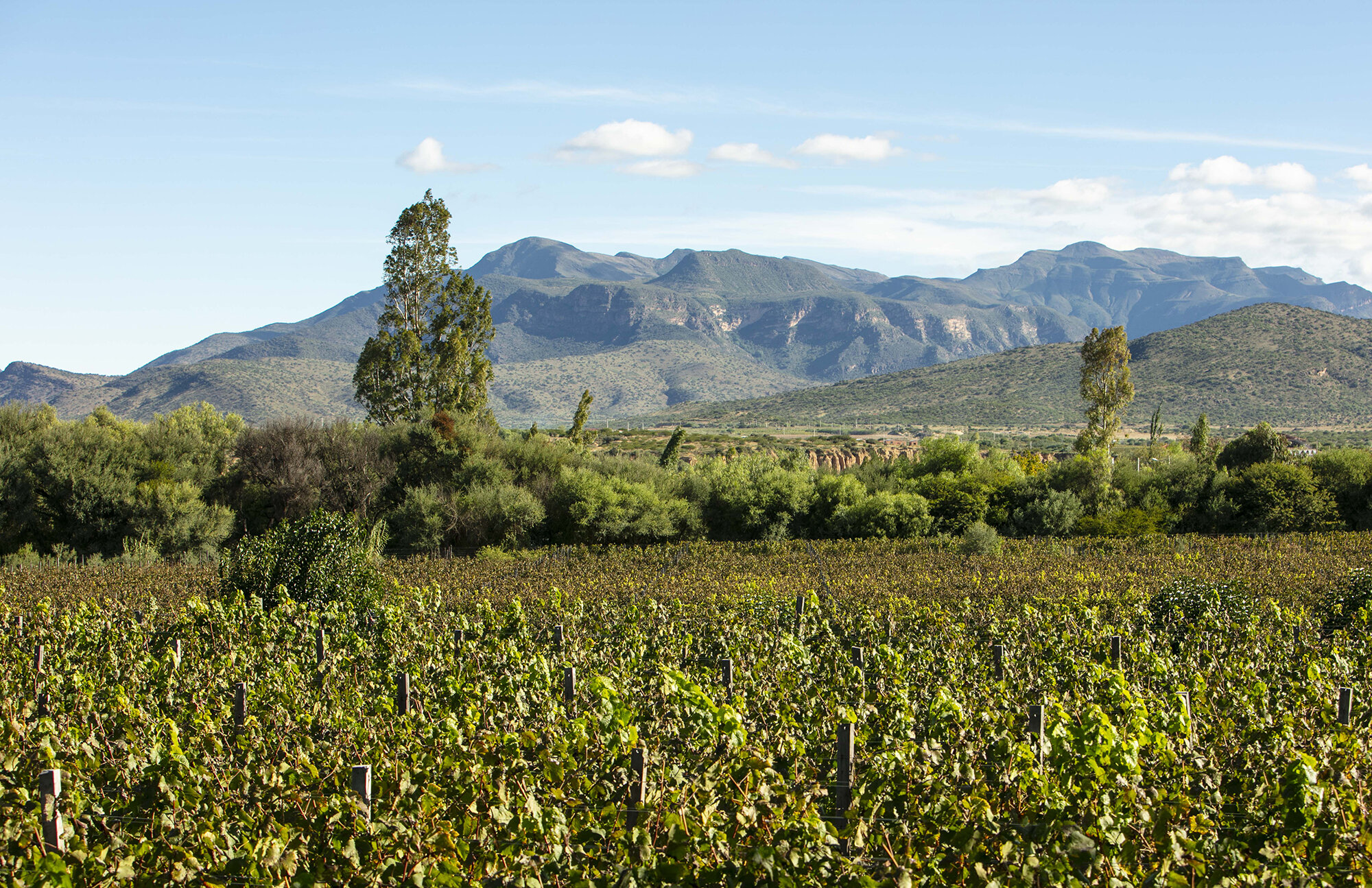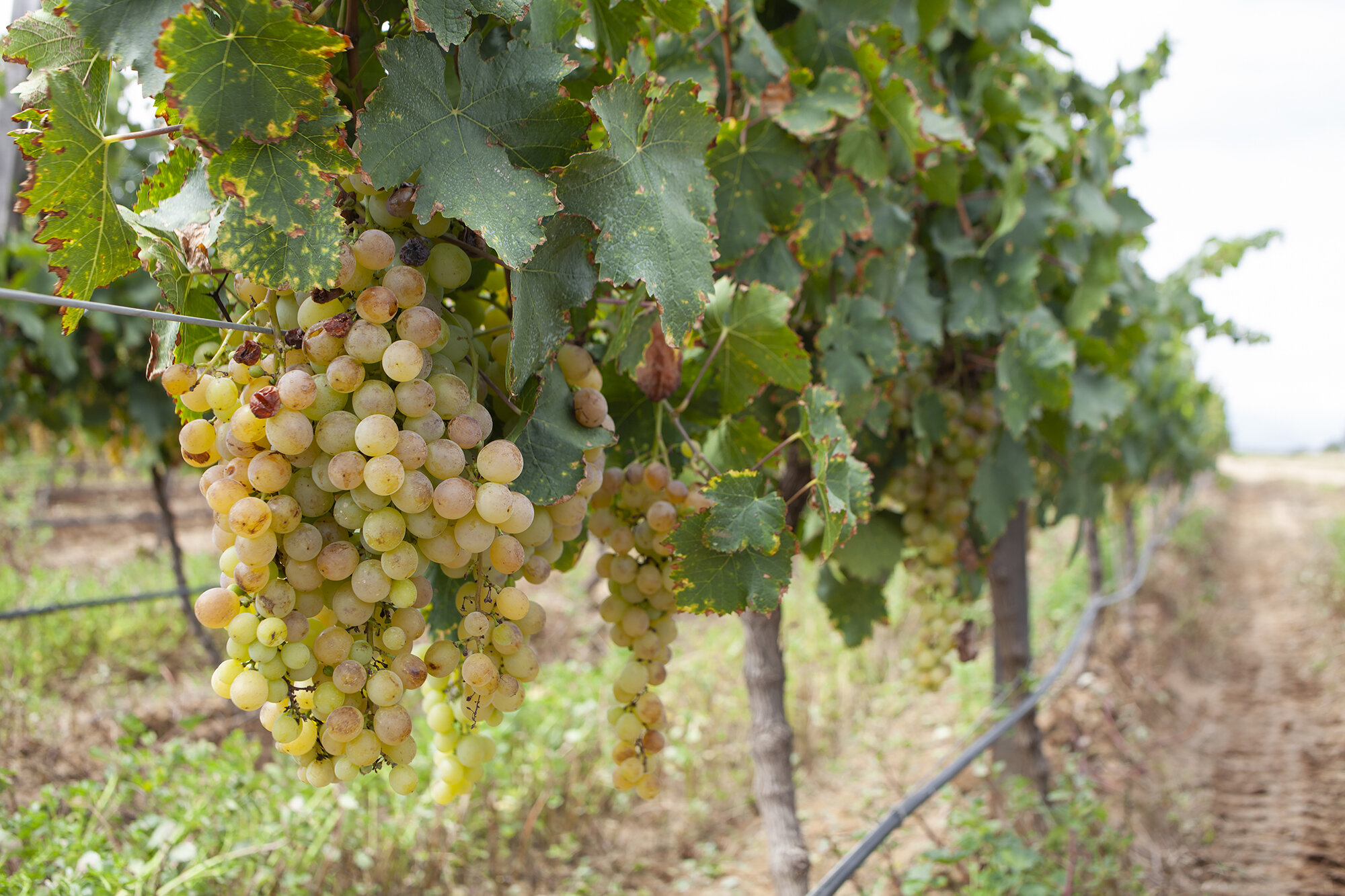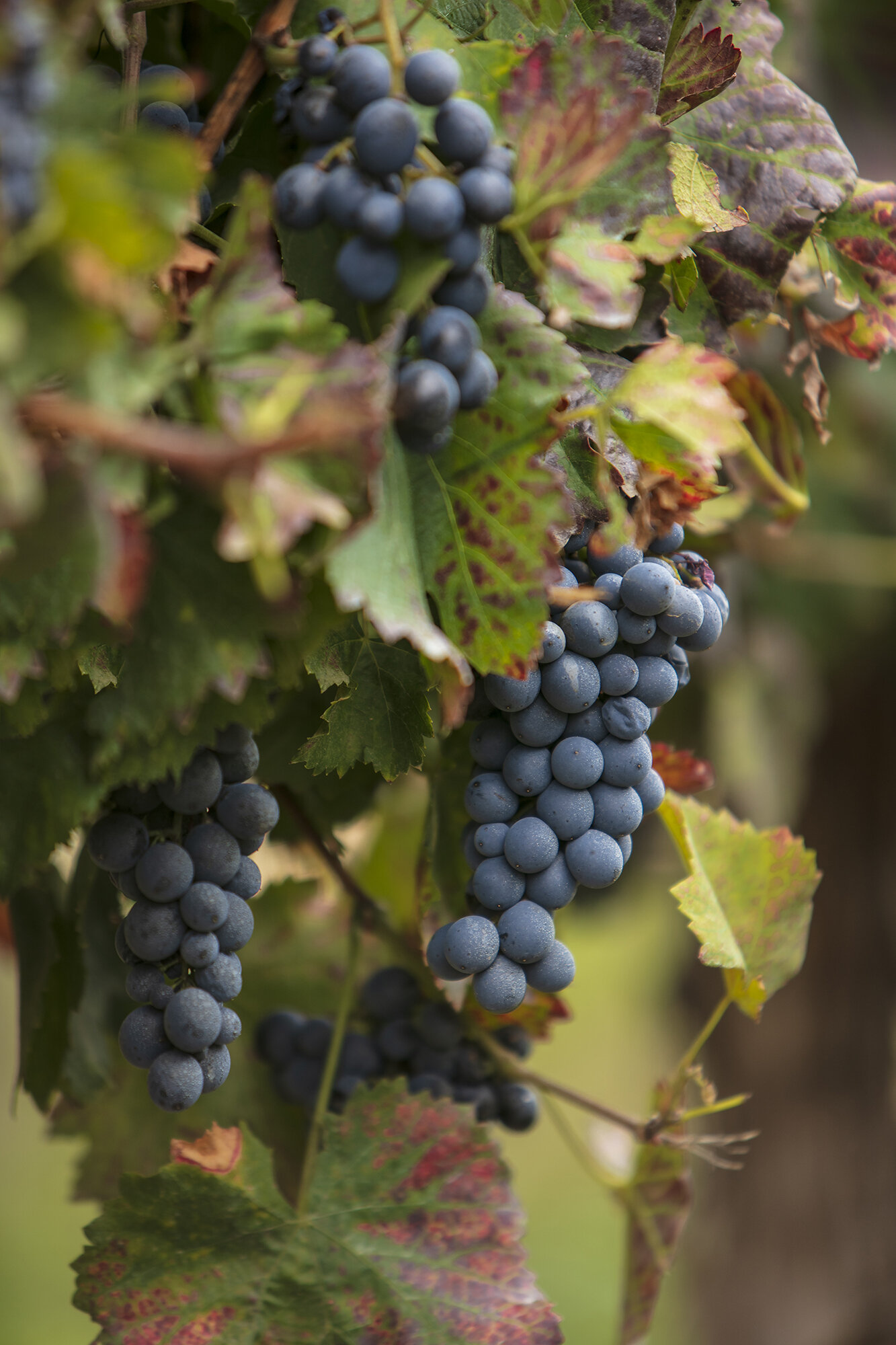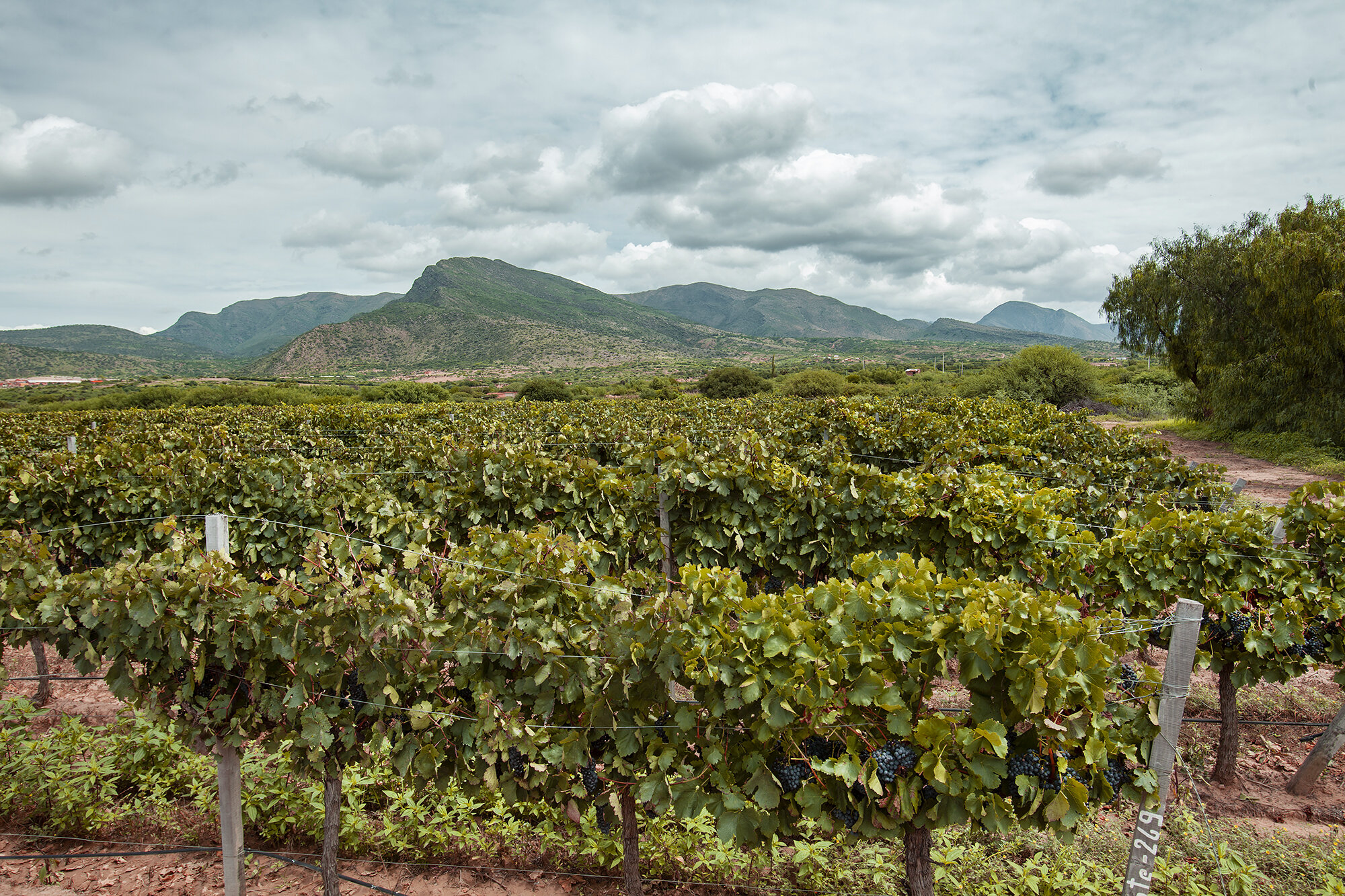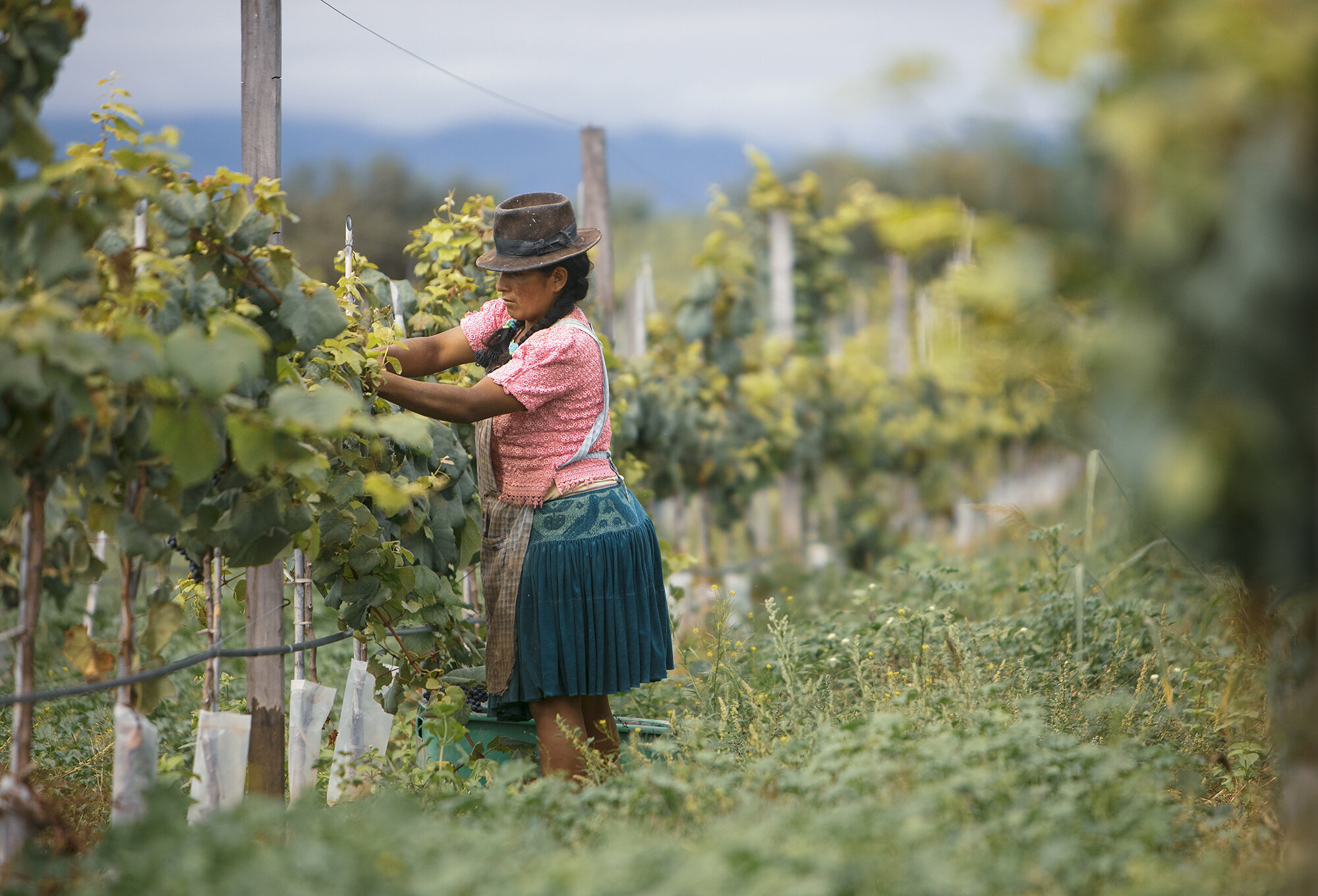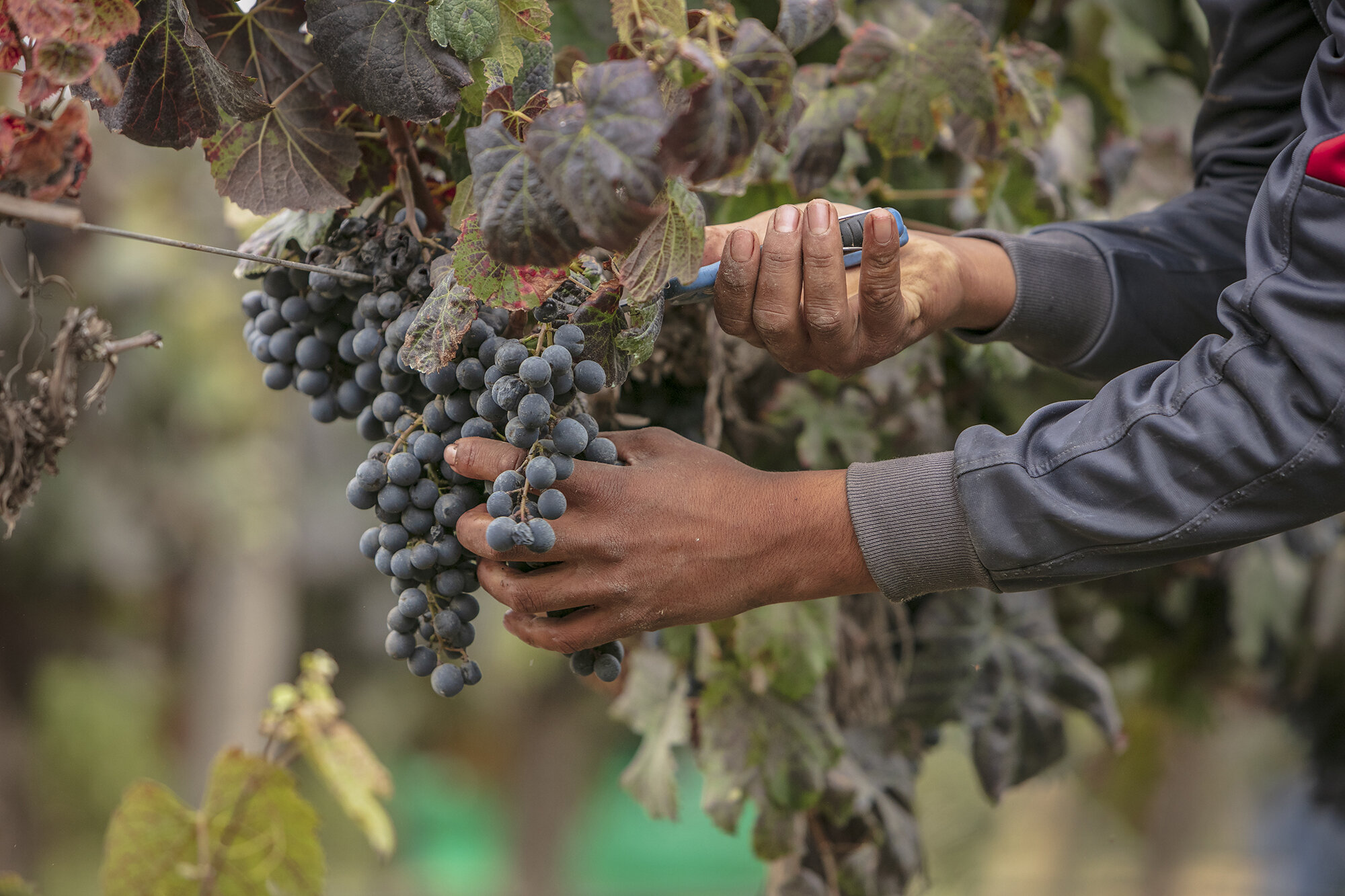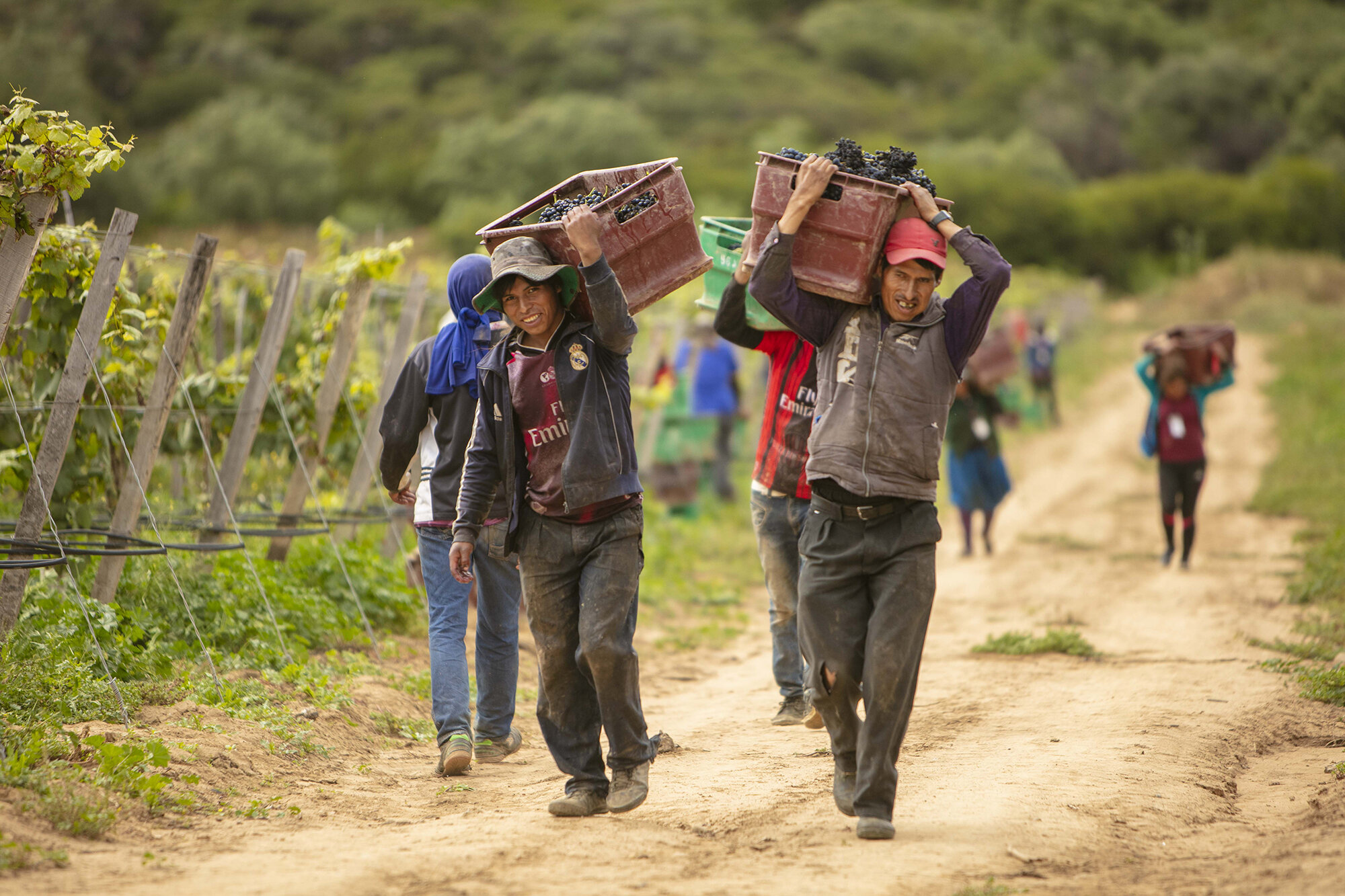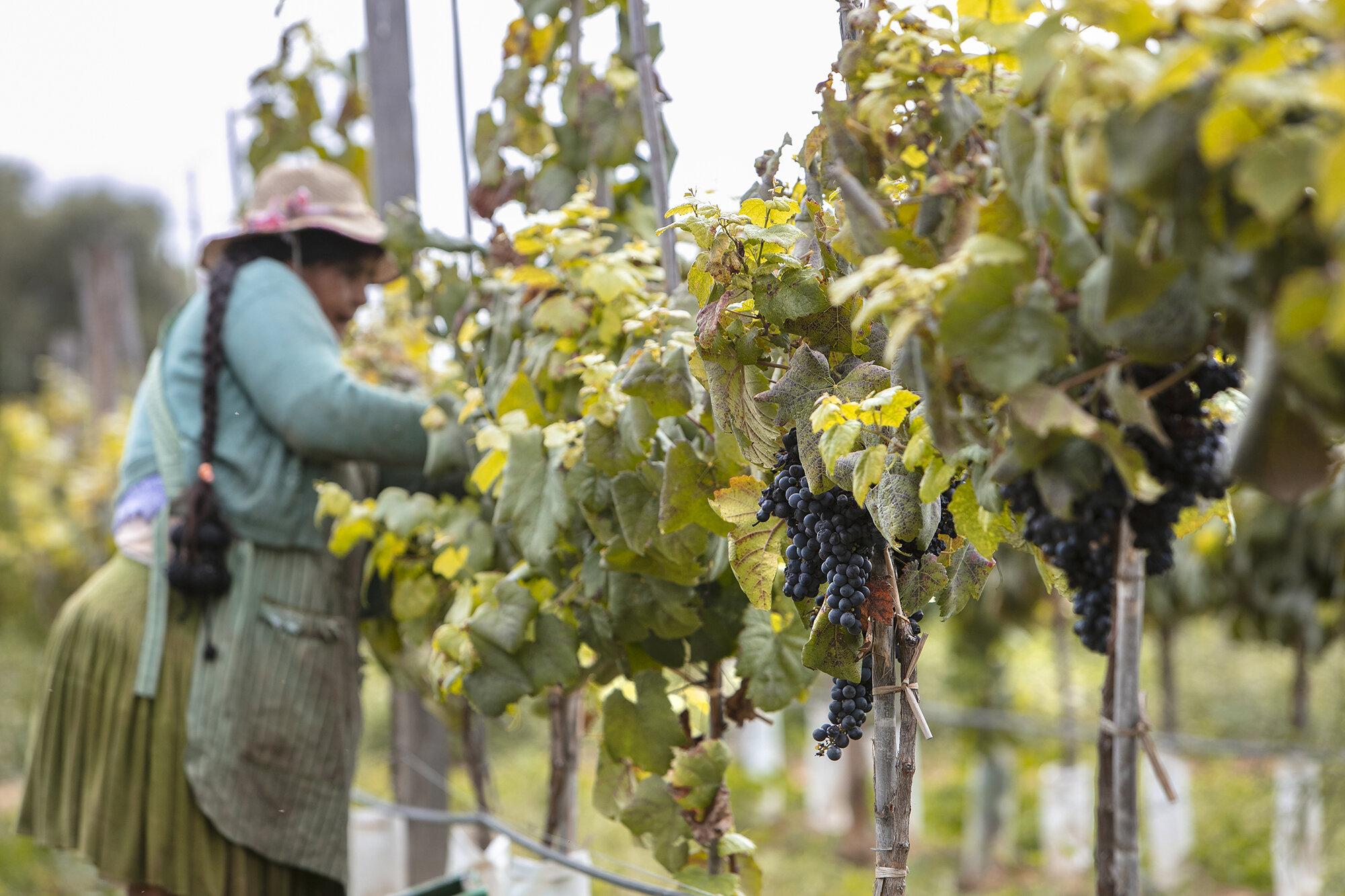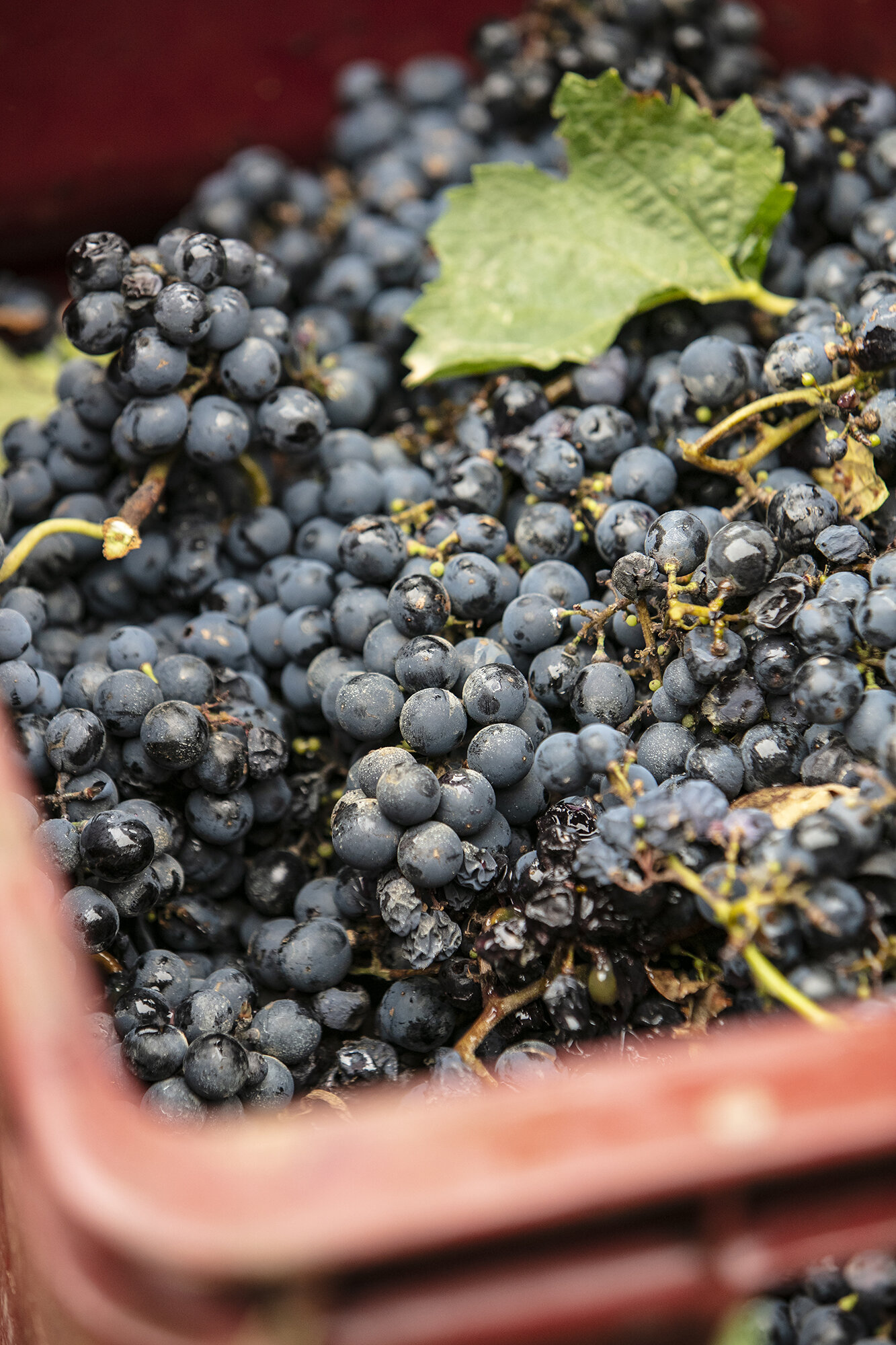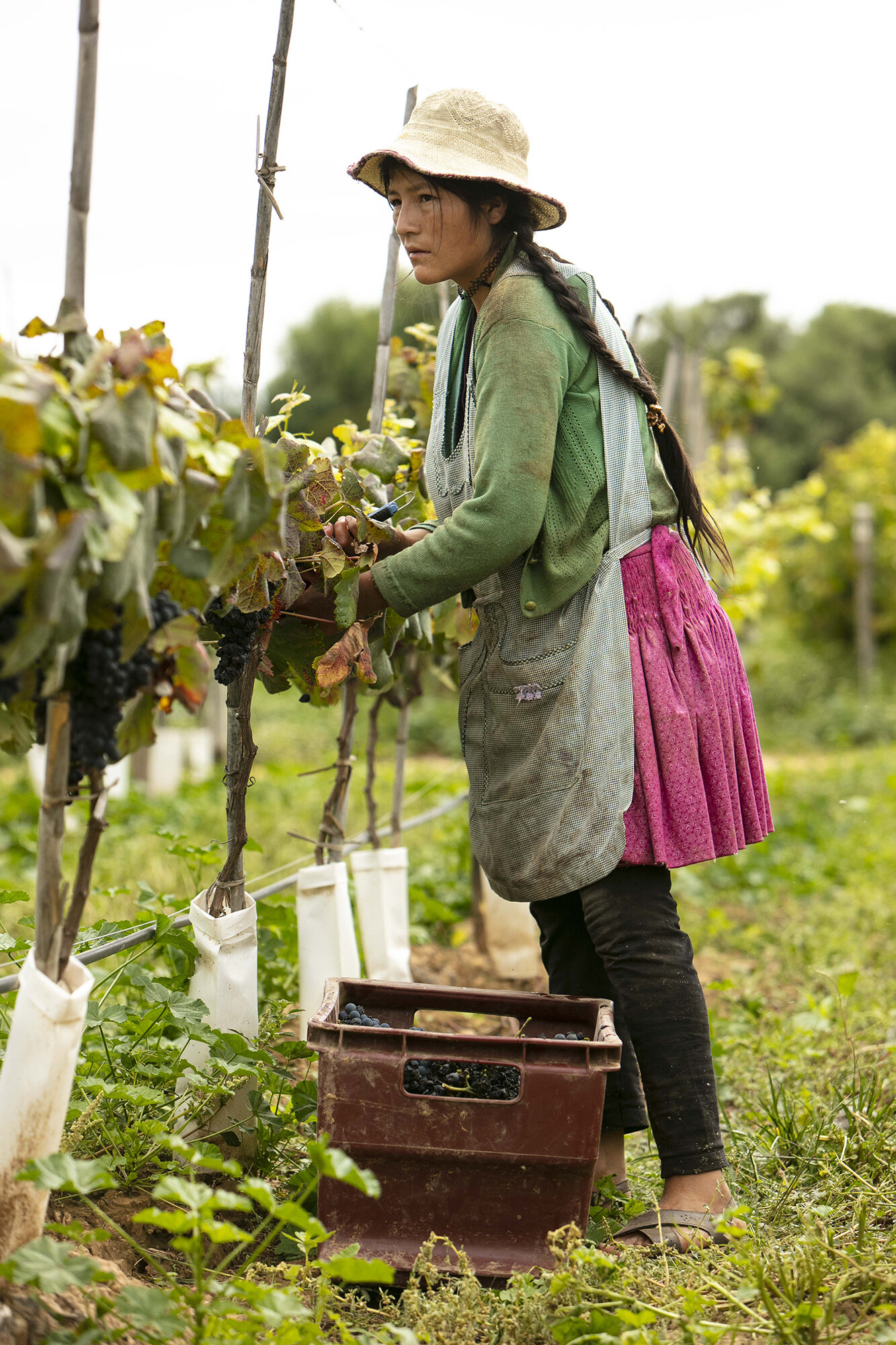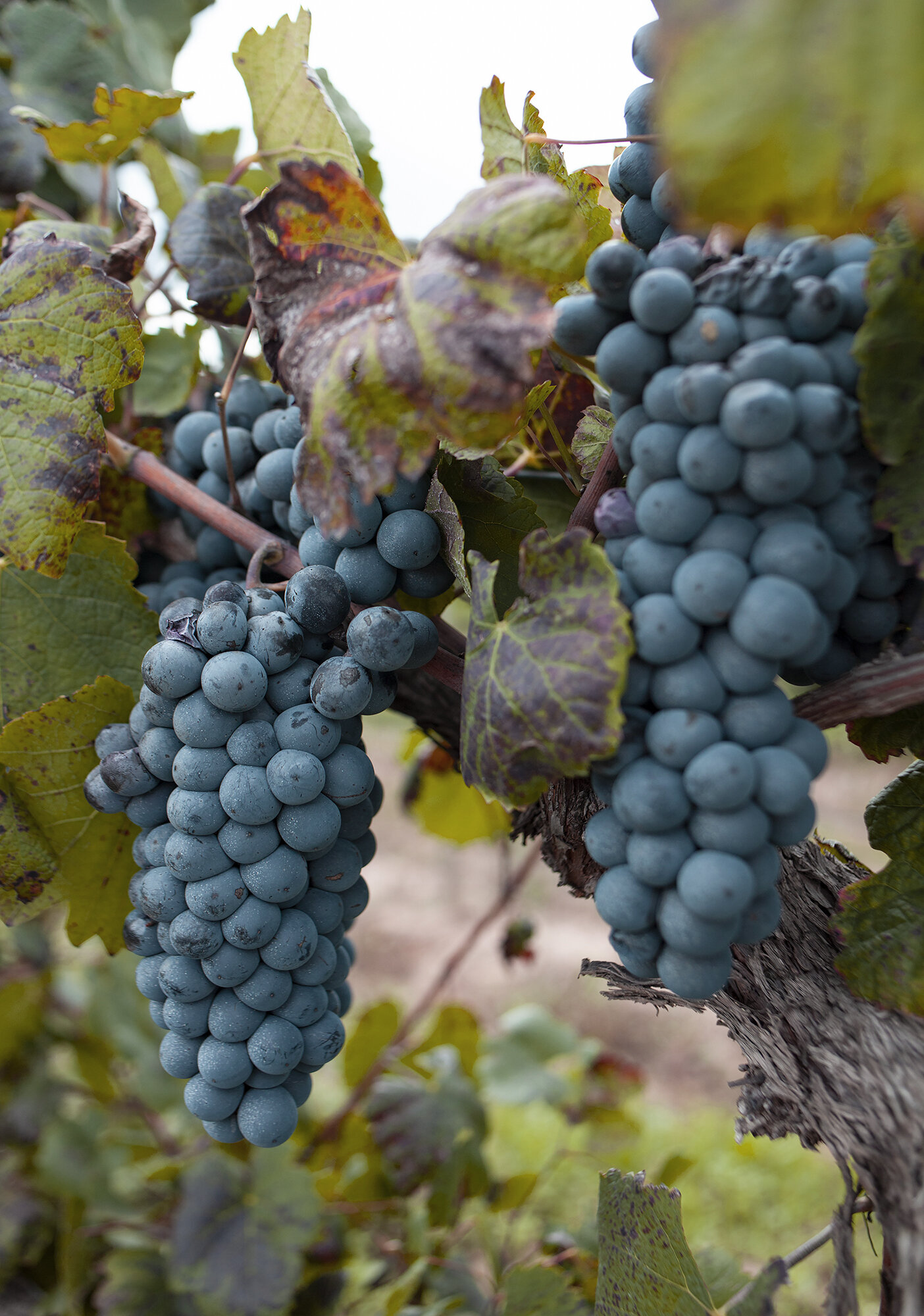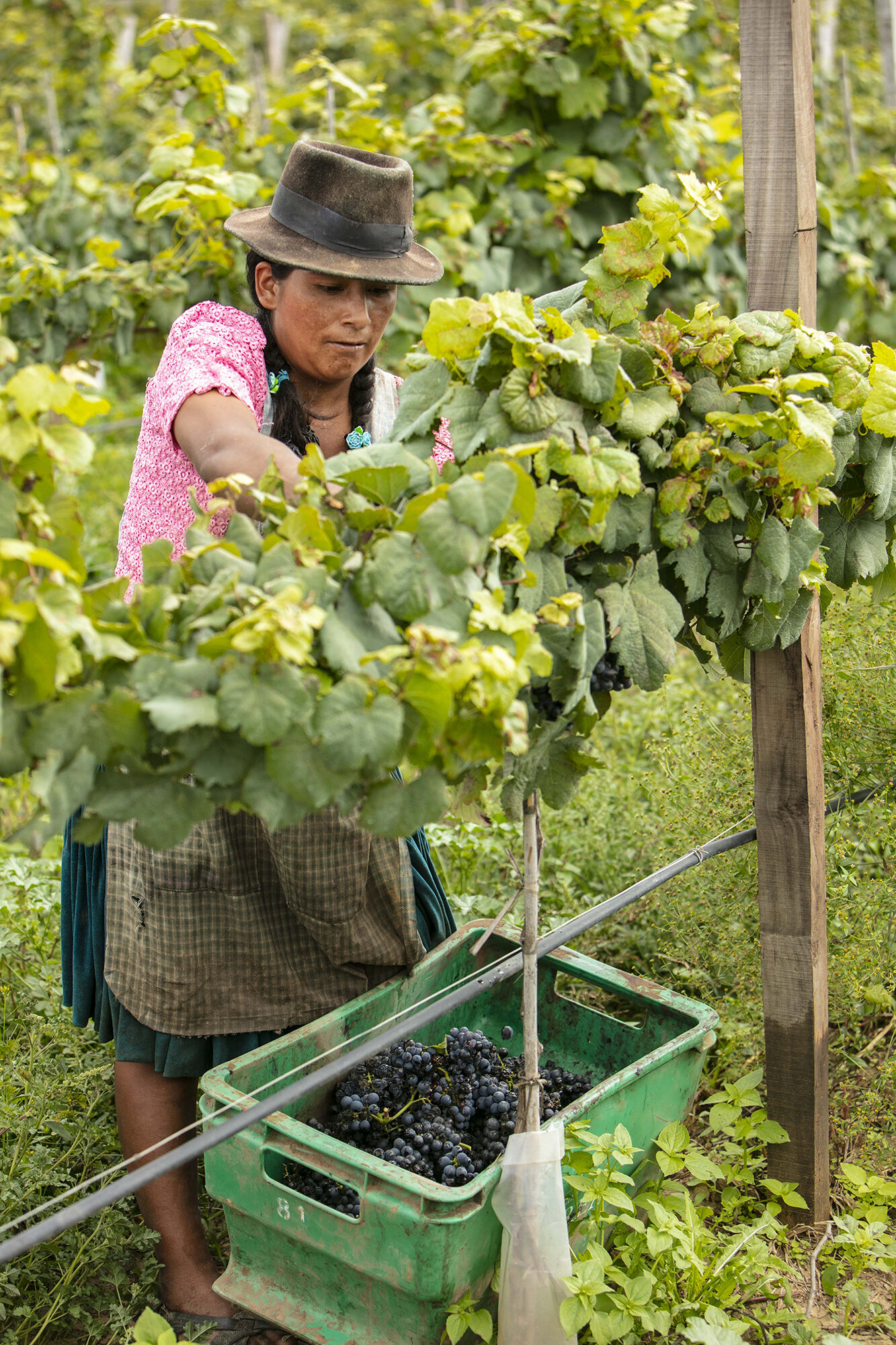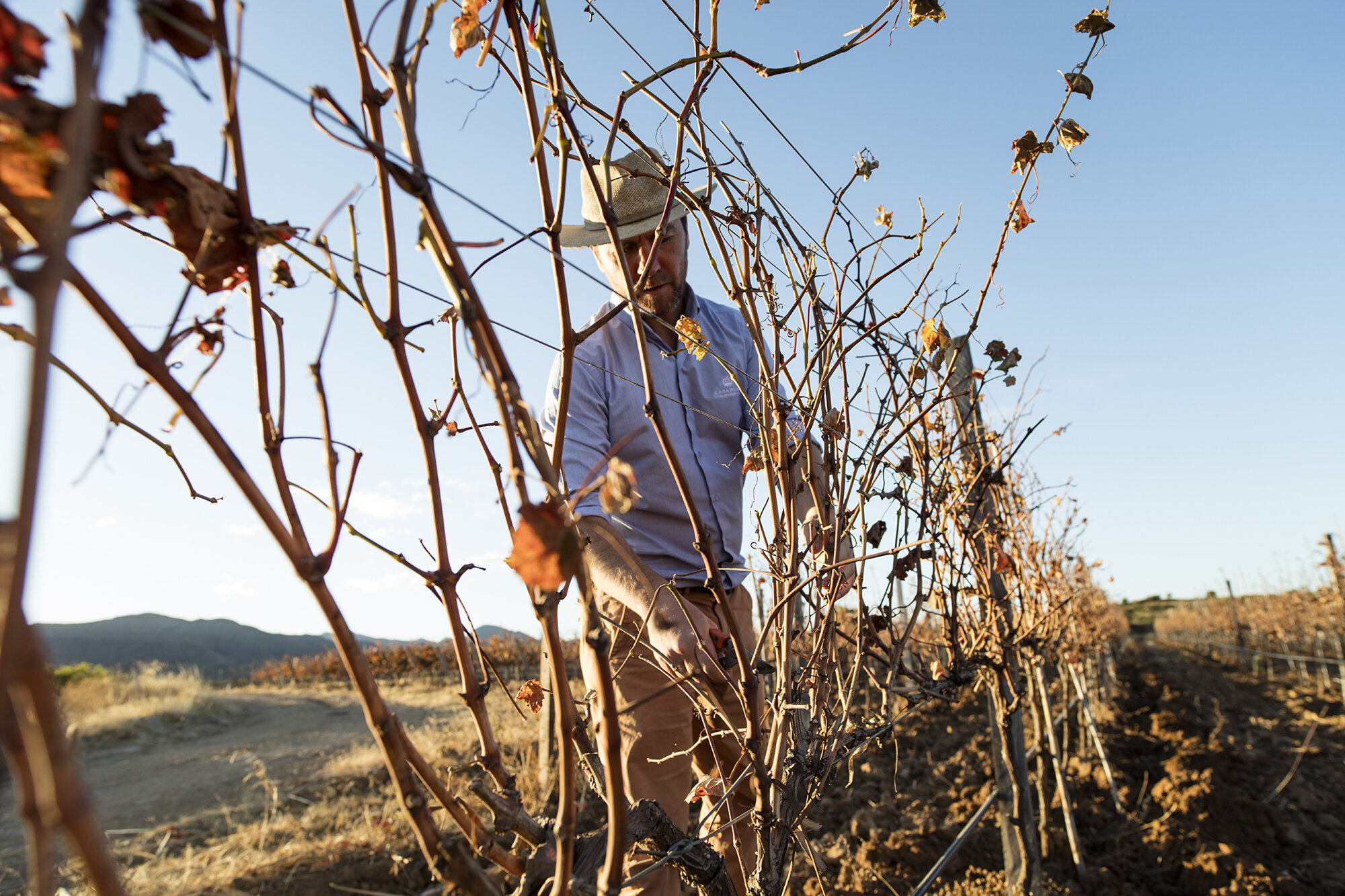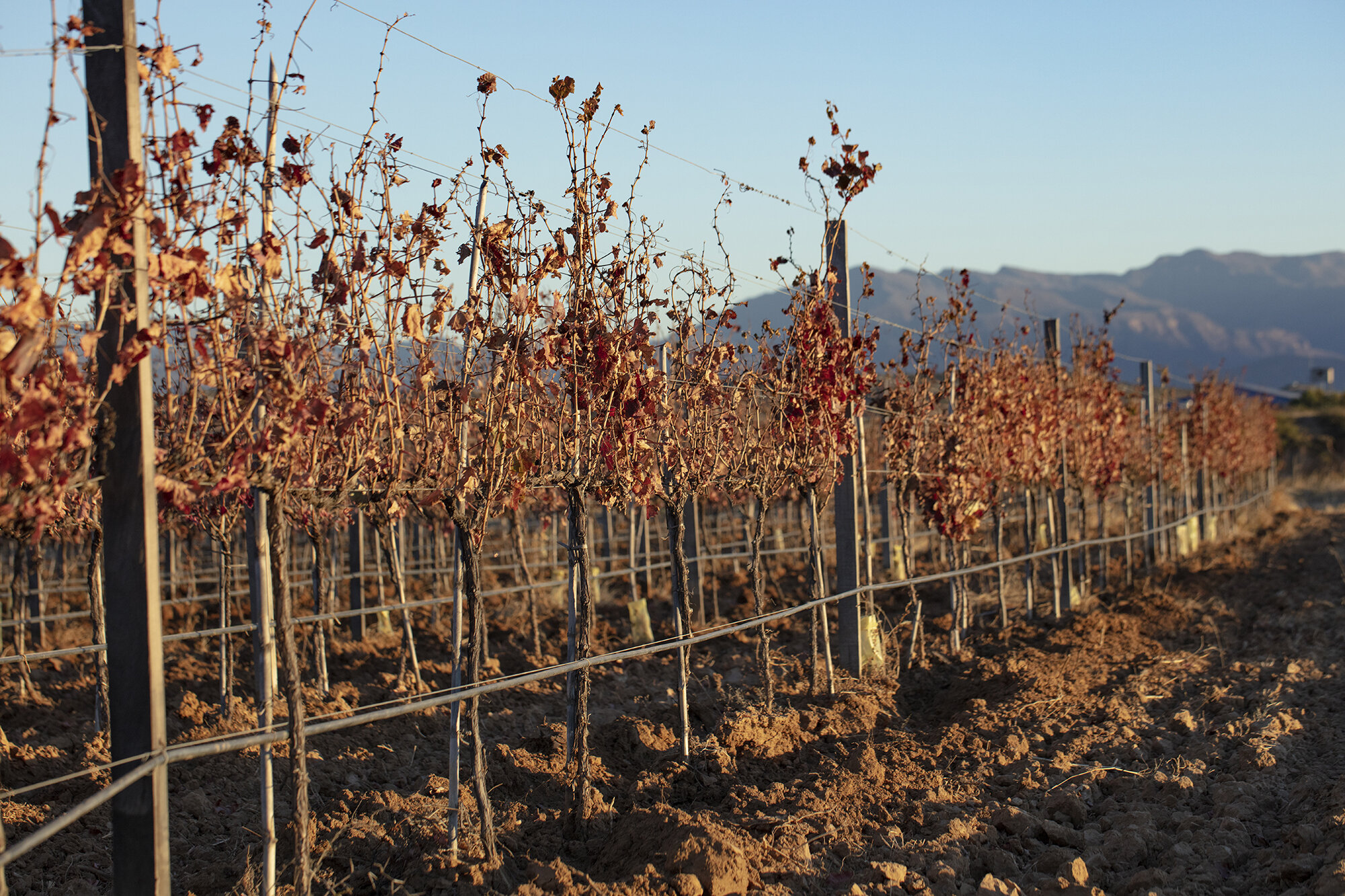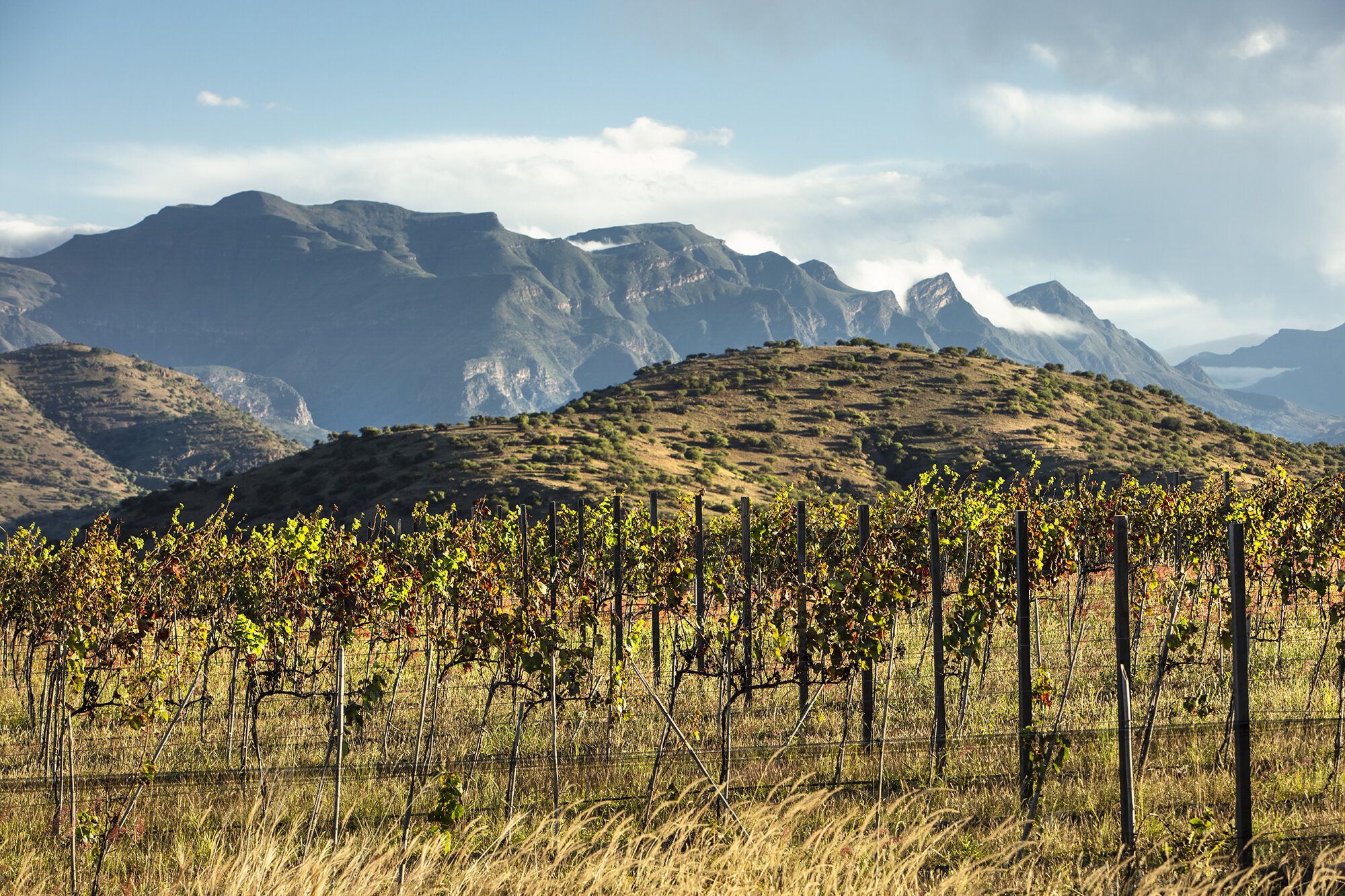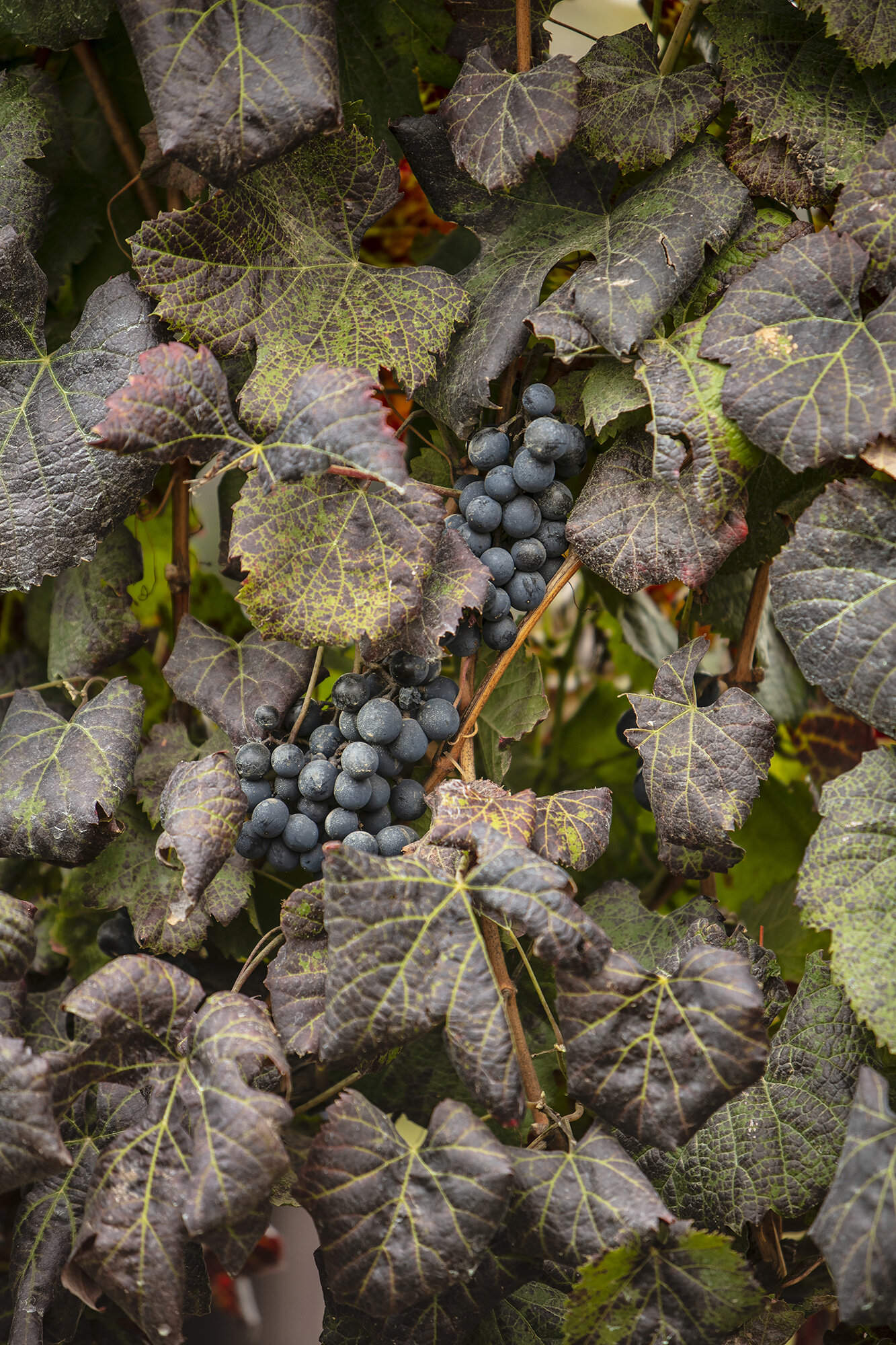Alan de Herrera
Freelance writer & photojournalist
Bolivia - South America’s new wine frontier
Story and photos by Alan De Herrera
South American vineyards have the distinction of being the oldest in the New World. It’s commonly known Argentina and Chile have produced and distributed high-quality wines internationally, for decades. The success of these regions is due in part to each country having near-perfect microclimates for growing traditional old world varietals along with their popular regional icon grapes, like Malbec and Carmenere. So it might come as a surprise to that Bolivia, their landlocked neighbor to the north, is now producing fine wines as well, but in a uniquely different way. And in doing so, they’re emerging from the shadow of their much larger southern neighbors.
“The people here are kind, happy and are really proud of their wines…”
Winemaker Matias Gutierrez
Bolivia has fascinated me since I began traveling there in 2014. It’s a land of extremes and adventure. Most notably the spectacular Andes mountain chain that splits the country in half starting in the north then plunging southeast into the tropical Amazonian region, making Bolivia one of the most geographically challenging countries in the world. The largest city, La Paz, sits at an astonishing 3,600 meters above sea level. Bolivia is the poorest country in South America and home to the largest indigenous population in the world. Its agricultural regions produce crops such as chia, potatoes and coffee, along with nearly 70% of the world’s quinoa production. Grapes are harvested for both the wine production and the historic Singani industry, a clear brandy widely considered the national spirit.
Last March I jumped on a short flight from La Paz to the far south Central Valley of Tarija, the largest of four wine producing regions in Bolivia. A popular weekend retreat for Bolivian city dwellers, Tarija sits just north of the Argentinian border. Upon arrival I was greeted by my wine guide, Argentinian winemaker Matias Gutierrez and his enormous sidekick, Inti, a three-year-old German Shepherd. “Inti goes everywhere with me and he loves it out here,” said Gutierrez, vineyard manager of Bolivia’s third-largest wine producer, Campos De Solana. “He was raised in the vineyards of Mendoza since he was just 45 days old.”
After a massive bear hug and several licks from Inti, we started our slow scenic drive out of town, on our way to the wild west of wine regions. Gutierrez described the close relationship between Tarija wineries and the local community. “The people here are kind, happy and are really proud of their wines,” said Guiterrez. “Harvest is an exciting time with Fiesta de la Uva (Harvest Festival) in March. The community and tourists come together to celebrate the annual wine harvest.”
Only thirty minutes out of town we were now driving down dusty dirt roads entering the valley countryside blanketed under brilliant clear skies. Our first stop was at Campos De Solana, a family-owned vineyard like many others here. Located in the heart of the Valle de la Concepción, an ancient fossil-rich lake bed that wraps around this quiet valley, dating back millions of years.
Entering the vineyard grounds, Gutierrez started slowly driving through the vast vineyards of Malbec and Merlot grapes, giving me an beautiful up-close tour. Watching these lush green vines pass by in rows of almost perfect synchronicity, I was awe-struck by the incredible mountain range surrounding this quiet sun-drenched valley. Tarija is nestled in the foothills of the majestic “Cordillera de Los Andes” mountain range is a sight to behold. It was here that I would spend the next four days exploring one of the best kept secrets in viticulture.
Just 22 degrees south of the equator, Tarija lies above the typical viticulture belt of South America and is entirely within tropical latitudes. The climate is temperate and semiarid. And if it wasn’t for the high altitude, grapes would have no chance of growing here. The average vineyard sits at nearly 2,000 meters above sea level with a few as high as 3,000 in the nearby historic Valley of Cinti. This unusual altitude gives these wines their own unique character.
Tarija has its own unusual microclimate. The evenings are cool with mild daytime temperatures. Prevalent hailstorms can negatively effect a small portion of each year’s crop, adding to the difficult environment to the cultivation of grapevines. High salinity and deep sedimentary soil are just some of the other challenges here.
“Because of the strong UV rays at this altitude, there is a high level of resveratrols, four times more than anywhere else in the world,” says Campos De Solana owner Luis Granier Jr. “These influences help to produce the distinct aromas, wine color density and soft tannins which helps bring out the intense fruity flavors.” Colder winters expose these vineyards to “polar winds,” which helps the vines rest during winter. “This helps produce finer, delicate and more elegant wines,” says Granier. “The unique microclimate produces strong aromatics, earthiness and intense fruit concentration.”
Next on my list was Kohlberg, Bolivia’s largest wine producer established in 1963. Helmut Kohlberg, a third-generation family owner, invited me on a sunset walk through his beloved rows of Ugni Blanc grapevines, which I learned are only harvested on cool spring evenings. “This grape really is a surprise, adapting very well here in Tarija,” said Kohlberg. It’s is a unique place in the world for this variety and the wine can show exactly why. The balance and everything in the grape, light fruit and minerality, make this wine so special.”
The balance and everything in the grape, light fruit and minerality, make this wine so special…”
Helmut Kohlberg - Owner/Winemaker
The soil here is alluvial and lacks organic matter with a mixture of rocky, clay and sandy soil. Despite these complex growing conditions and wide variation of vigor, these passionate winemakers have adapted and figured out ways to use these challenges to their advantage. “The lack of nutrients stresses the vines, which in return, produces a positive result by concentrating the grape’s intensity, producing softer tannins,” said Kohlberg. “The strength of these vines is a combination of the unique soil and microclimate influences that tend to work together very well, producing consistent fine wines.”
The history of Bolivia’s vines dates back to the 16th century, making them some of the oldest in the world. The Spanish Conquistadors introduced grapevines in the mid 1500s in support of the booming silver-mining industry. The Muscatel of Alexandria grapes were the first to be planted here, grown wrapping around ancient molle trees, which protected the wines from the elements and disease. It was a stunning traditional system that can still be seen today.
It wasn’t until the 1970s that modern winemaking methods and technology from France and California emerged, helping Bolivians to start producing higher quality wines. Today many of the new generation of wine producers work with international consultants and have developed extensive knowledge traveling to wine regions abroad for research and training. In recent years, several awards have been bestowed to these new wines including “Wine Of The Year 2014", by the World Association of Writers and Journalists of Wines and Spirits.
Tarija wines have seen a lot of growth in the last five years. An emphasis on newer varietals such as Tannats, Ugni Blanc and Petit Verdot, has resulted in a higher level of sophistication and quality, along with an over-all increase in volume. In addition, Bolivia also produces the more typical South American wines such as Syrah, Malbec, Cabernet Sauvignon and Chardonnay.
The heart of wine producing in Bolivia is in Tarija with 93% of Bolivia’s total production. About 25 wineries totaling 2,400 hectares exist there with an additional 600 hectares scattered across the other three regions. Six wineries account for the majority of wines produced in Bolivia, nearly 6 million liters, mostly for domestic consumption. There is a small fraction of wines exported to Europe, the US and Asia. The largest winery, Kohlberg, produces nearly 32,000 bottles per year. With very low yields, major exporting of wines internationally is severely limited at this time and they aren’t trying to compete with their larger neighbors in South America. These wines are a rare gem that few wine lovers, unfortunately will ever get a chance to experience.
Until recently, Bolivia wasn’t even on the international wine enthusiasts’ map. In 2010, Dutch Master of Wine, Cees Van Casteren started exploring the area. “Bolivia has the most authentic vineyards in the world,” says Casteren. For nearly eight years, Casteren has been coaching several wineries throughout all of Bolivia’s wine producing regions. In March of 2018, he organized the first-ever Masters of Wine group trip to Bolivia. “Bolivian viticulture starts at really gran altura altitudes where other wineries around the world stop. As the highest in the world, this extreme altitude gives huge freshness to the wines. Combined with a phenomenon of intense summer rains and high UV exposure, Bolivians are producing soft wines with very ripe tannins and intense elegant style.”
Casteren’s group visited several wineries during their trip including Kohlberg and Campos De Solana. “They helped to put us on the world wine map”, says Granier. “It was a very successful and an important event for Bolivian winemakers.”
Bolivian wines have been described as wild, fruity and easy to drink. A unique style that is not French nor New World and not your typical icon wines of South America. In just a few decades these wines have reached a level of sophistication and quality that is remarkable. Truth be told, Bolivia’s winemakers are producing fantastic fine wines that can speak for themselves. So if you’re adventurous enough to travel south to this incredible region, you’ll be rewarded with Bolivia’s Andean treasure. Tarija’s wine country will surprise and delight you in ways you’ll never forget.


